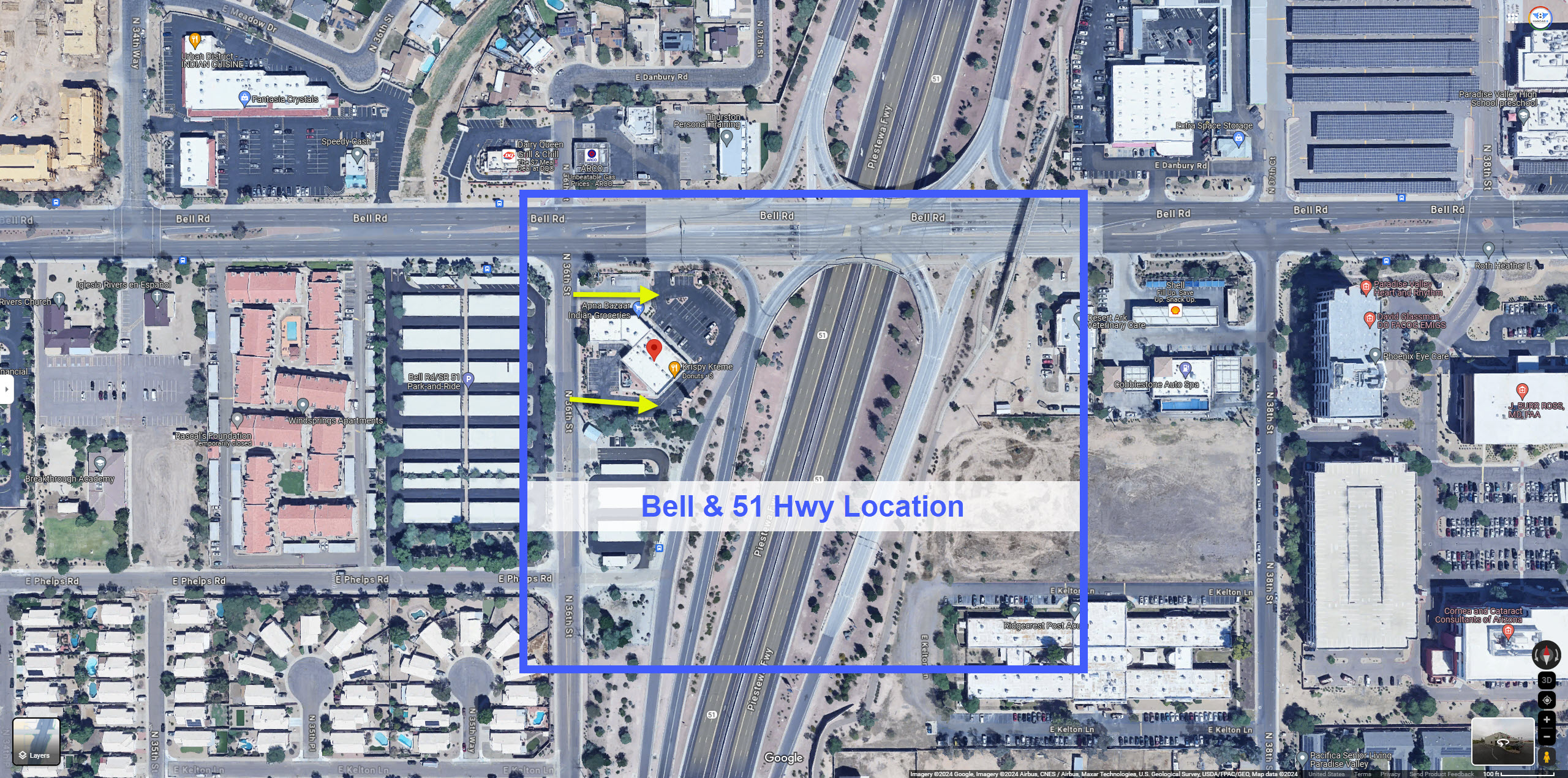The Gracie jiu-jitsu ranking system is the particular method of signifying competency and moral character of a jiu-jitsu practitioner, developed by founders Carlos and Hélio Gracie, and utilized by members of the Gracie family.
Similar to the IBJJF Brazilian jiu-jitsu ranking system, the Gracie system has a number of key differences. Most notable is the half-color ranks included in the junior level, making for a much larger series of ranks for practitioners under the age of 16 years old.
Bars and stripes / degrees
A jiu-jitsu blue belt with three stripes.
Having its roots in Japanese martial art and sport of judo, Gracie/Brazilian jiu-jitsu adopted a similar colored belt system to signify a practitioner’s progression within the art. However, to differentiate jiu-jitsu from the other disciplines, a solid bar was included on the belt.
As a practitioner advances, stripes are awarded and placed at equidistant intervals on the solid bar (which is colored black for most belt ranks) as intermediate signifiers between belt ranks. Generally a student will receive four stripes before advancing to the next full rank, but it is not uncommon for a practitioner to be promoted to a new belt without being awarded all four stripes of the previous rank.
For most belt ranks, and most Gracie schools, each stripe is awarded at the discretion of the instructor, without any specific curriculum or qualification requirements. However, with adult ranks, (particularly the lower colors of blue and purple), proficiency in a set series of techniques may be required prior to consideration for stripe promotion. The Gracie Jiu-Jitsu Academy of Torrance, California (founded by Rorion and his brothers Rickson, Royler, and Royce, and now run by Rorion’s sons Rener and Ryron), features an online program called Gracie University (GU) for satellite students who cannot attend live classes. For GU students, not only is there a defined set of techniques to demonstrate proficiency in, but a student is required to test their skills and be graded by the headquarters instructors for a minimum level of competency before being awarded a particular stripe. For live class students, the academy requires a minimum amount of class hours attended, as well as overall time as a student before consideration for a stripe.






